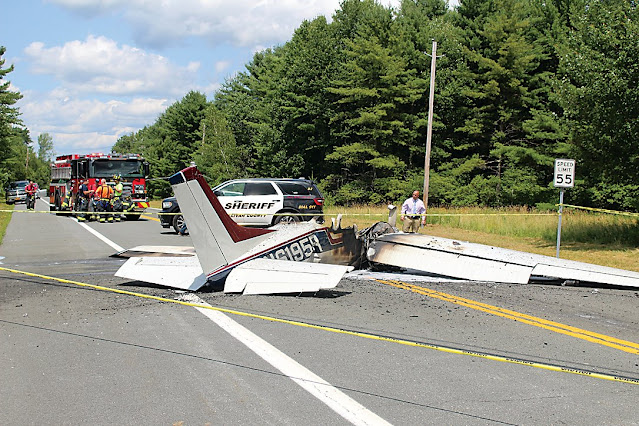3393RP
En-Route
- Joined
- Oct 8, 2012
- Messages
- 4,057
- Display Name
Display name:
3393RP
In what has to have been the most harrowing of circumstances, a pilot successfully landed his Turbo Centurion on a New York highway after engine issues and escaped the burning aircraft unharmed. While the story doesn't specifically say the plane was on fire before landing, a photo of the aircraft shows that the engine was definitely the cause. It does appear there is a trail of burned material behind the aircraft's final position.
It's sensible to speculate the fire was caused by some sort of turbocharger failure. While I don't know any details, it suffices to say inflight fires are something that's up there on the list of things I never want to experience. The pilot did a good job of handling the emergency.
http://www.kathrynsreport.com/2022/07/cessna-t210f-turbo-centurion-n6195r.html?m=0

It's sensible to speculate the fire was caused by some sort of turbocharger failure. While I don't know any details, it suffices to say inflight fires are something that's up there on the list of things I never want to experience. The pilot did a good job of handling the emergency.
http://www.kathrynsreport.com/2022/07/cessna-t210f-turbo-centurion-n6195r.html?m=0


